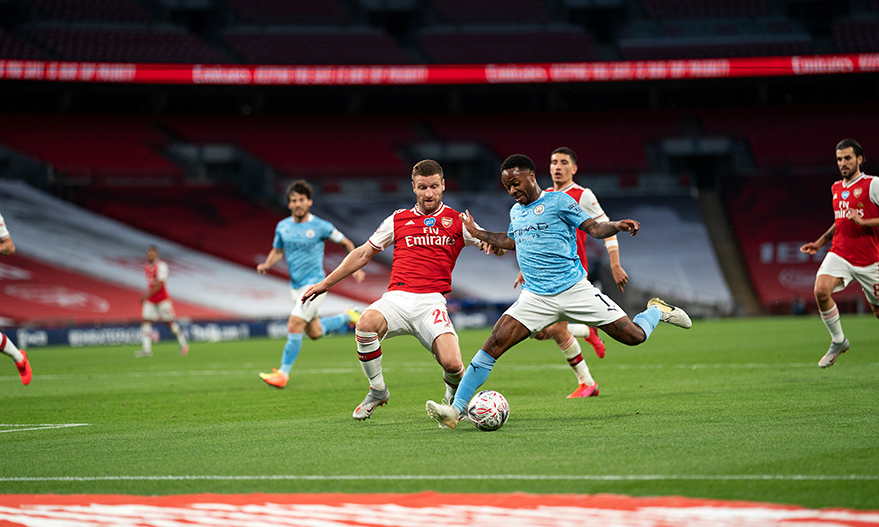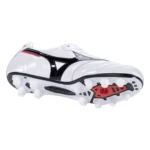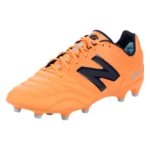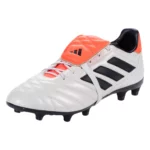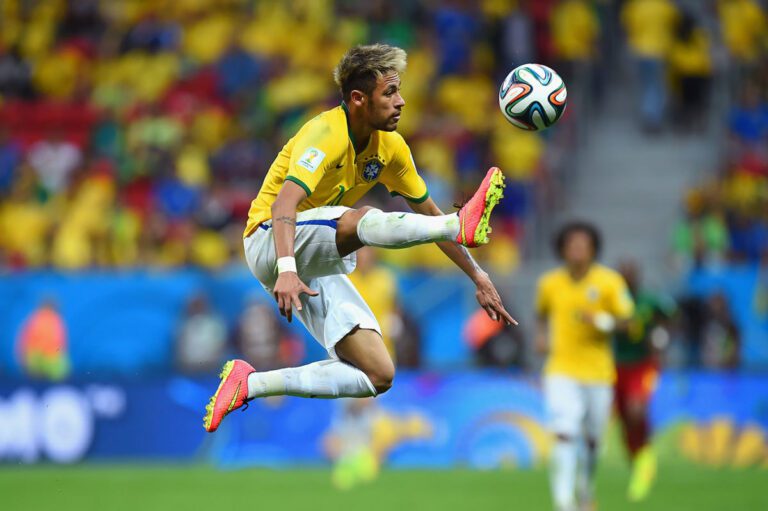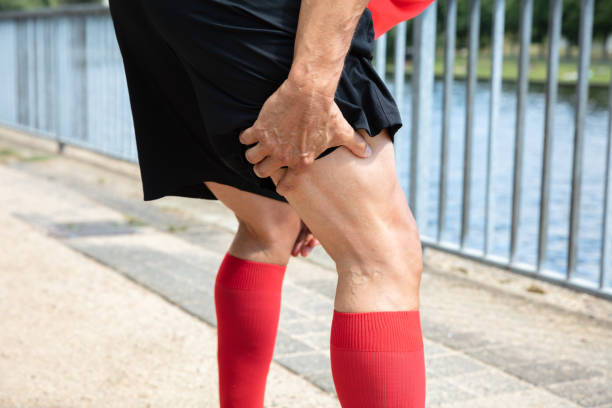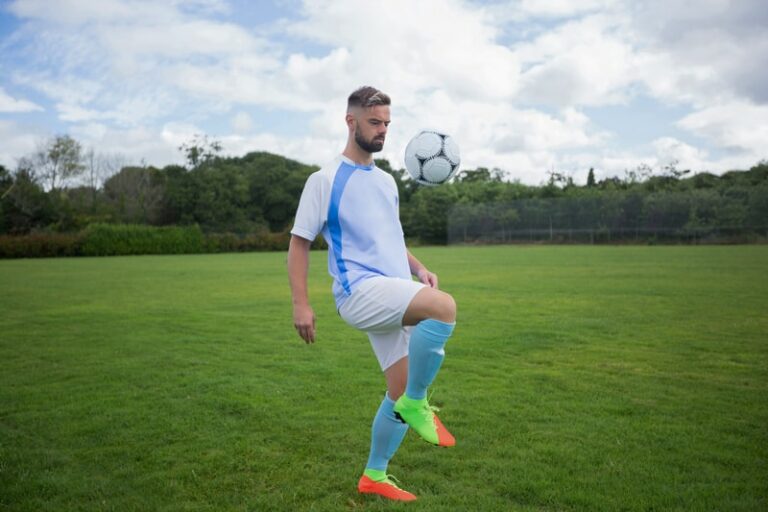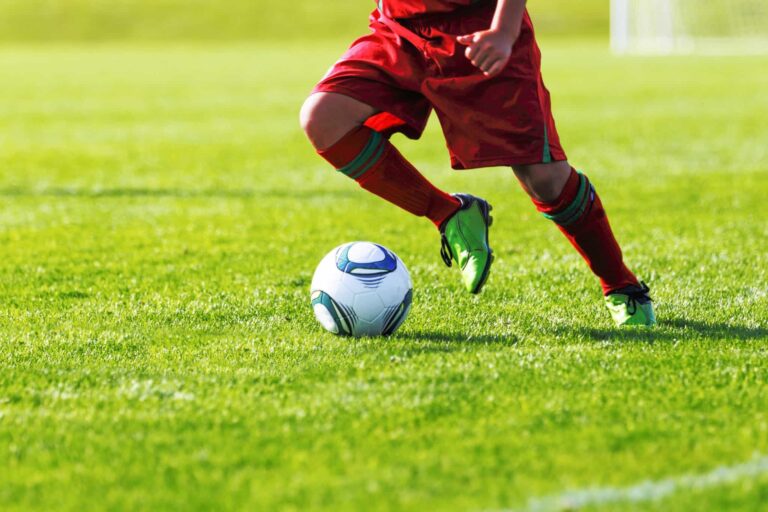1v1 Defending in Soccer
1v1 Defending in Soccer
One of the most crucial skills to have in soccer is 1v1 defending. Whether you’re in the middle of the field or the last line of defense, you need to have the ability to stop your opponent getting past you. In this article, we’ll go over ten tips to help you master 1v1 defending in soccer.
If you’re looking for additional tips on improving your defending, pro player Will John has a great video for learning basic defensive principles. Be sure to get out on the field and practice implementing these tips at training. Gaining experience in 1v1 situations is the best way to improve your defending skills.
For all the latest football boots and gear, go to World Soccer Shop for the best prices online.
1. Apply Pressure
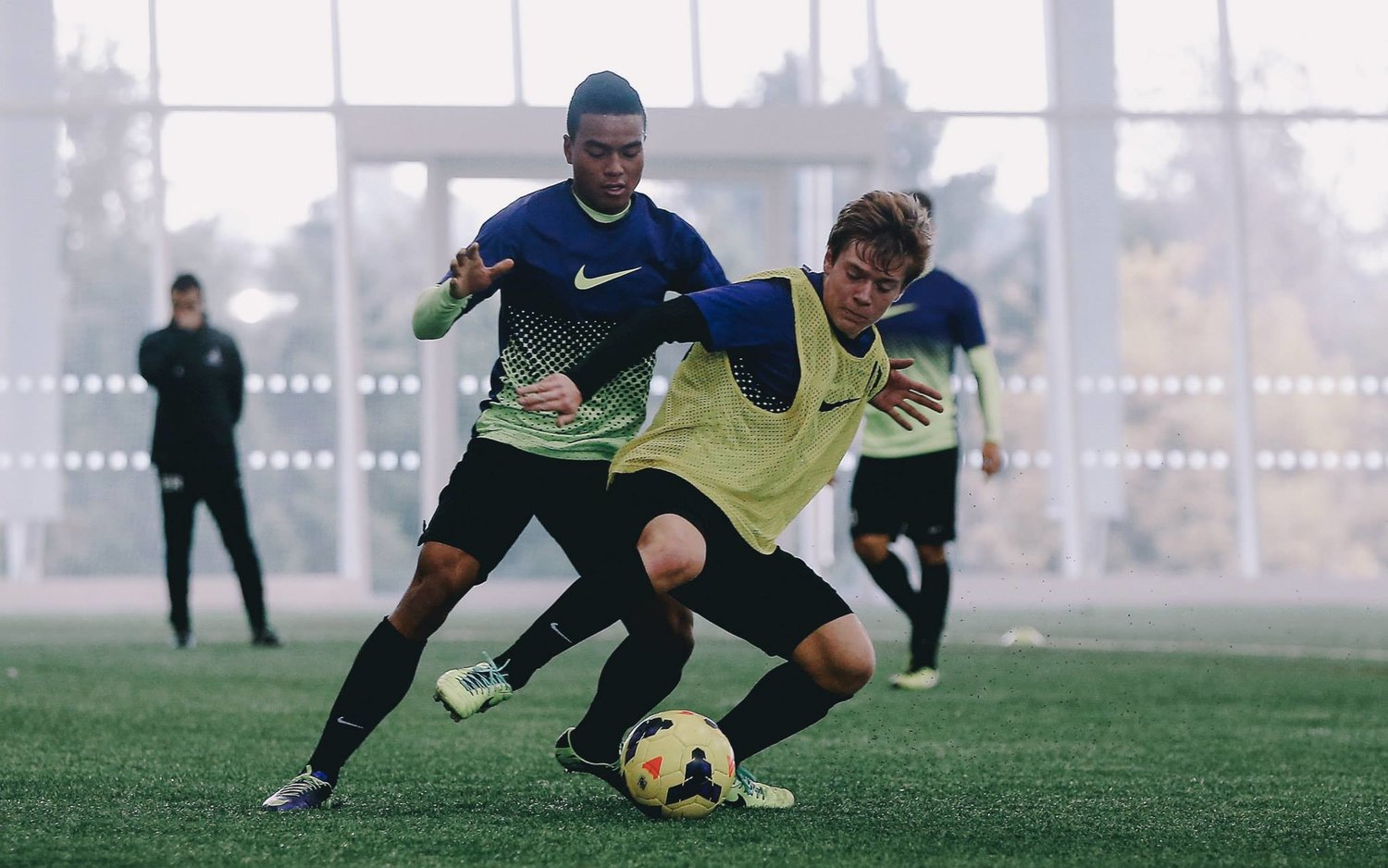
As soon as the ball is played towards your opponent, the player closest to the ball needs to close down the space immediately. Don’t wait until they receive the ball to apply pressure. Make sure you are at their back as soon as they receive the ball.
The goal of applying pressure is to force your opponent to make a mistake and turnover possession. As your opponent receives the ball, stand behind them and try to force them to play the ball backwards. This will help stop the opposing team from advancing up the field.
If you have a player running at you with the ball, try and close them down to about 5 yards. Gradually take away the remaining space in a controlled position and try to slow down your opponent.
2. Force Them Outside
It’s important that you force your opponents to the outside of the field whenever they get the ball. This is because the middle of the field is a more difficult area to defend. It’s also easier for your opponents to find goal scoring opportunities in the middle of the field compared to the wings.
To force your opponent outside, stagger your stance at a 45 degree angle and position your body facing towards the wings. This will encourage the attacker to dribble towards the outside rather than down the middle of the pitch.
3. Don’t Dive In
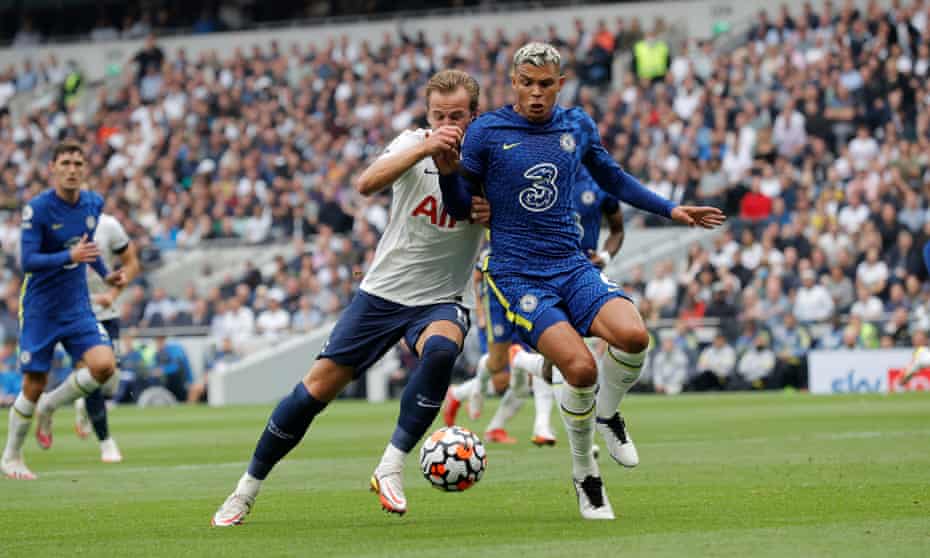
The easiest way to identify an experienced defender is that they don’t dive in to challenges. Diving in to a challenge is when you prematurely step in to take the ball from an attacker. Committing too early like this will give the attacker time to push the ball away and move past you.
A better strategy is to let the defender make the first move. Wait until they try to push the ball past you before stepping in to make a challenge. This will help give you the advantage. Just be sure to focus on the ball and be strong when you make your challenge.
4. Positional Awareness
Positional awareness is a crucial part of defending in soccer. This is because where you are on the field dictates how you should approach the situation.
If the ball is higher up the field, you can focus on pressing hard and blocking passing lanes. If the ball is in your own defensive third, you may need to be more cautious.
When you’re defending in front of your own goal, try and block your opponent’s view of goal and make it difficult for them to shoot. When inside of your own penalty area, be sure to clearly get the ball when challenging to avoid giving away a penalty kick.
5. Block Passing Lanes
One priority you have as a defender is limiting passing options for your opponent. You want to eliminate any dangerous plays that the attackers may create.
As you mark your man, look for any overlapping runs that your opponents may be making. Try and put your body between the passing lanes that might lead to a goal scoring opportunity. If you end up defending in a 2v1 situation, give some additional space to the player with the ball so that you can transition if he passes it off.
6. Be Physical
Physical presence is a necessity as a defender. That doesn’t mean that you should be getting red cards for rash challenges. You just need to let your opponent know you’re there.
Soccer is a contact sport, so be sure to use your body in every challenge. Don’t be afraid to go shoulder to shoulder with another player to win the ball. Remember that strength when defending comes from the lower body. If you want to improve your strength on the field, check out our article on the Muscles Used for Soccer.
7. Get Between the Man and the Ball

There’s an expression for defending that goes, “Either the man or the ball gets past, not both.” This is one of the most important rules of 1v1 defending. If you allow your man to dribble past you, you’re risking letting your opponent create a chance.
When the attacker tries to push the ball past you, immediately put your body between him and the ball. Try to reclaim possession or clear the ball away if you’re in a dangerous area. This is when using your strength will give you an advantage.
8. Keep Fighting
When you watch professional defenders, they have extensive experience and technical knowledge. However, the most important thing in the best defenders is their passion. They never give up on any play.
Even if you get beat initially, track back as fast as you can to make another tackle. Never get discouraged or hang your head in shame. As long as the ball is in play, you should keep fighting.
9. Communication
Like in every other part of soccer, communication is key when defending. You need to be constantly talking with your backline to ensure your team stays organized.
When defending in a 1v1 situation, call out to your teammates when you go to mark the man with the ball. This will ensure you don’t have two players marking the same attacker. Also, be sure to call out when you need your teammates to cover for you while you defend a 1v1 situation.
10. Fitness
Everyone knows that fitness is crucial for soccer players. Differences in fitness levels between players can always be noticed towards the end of games. If you’re out of breath when you need to defend 1v1 against a speedy winger, you’re at a big disadvantage.
Be sure to constantly train your cardio so that you can play at a high intensity for a full 90 minutes. For sprinting drills and tips to improve your overall speed, check out the following article on How to Get Faster for Soccer.
- Most Comfortable Football Boots of 2024
- Nike Phantom GX 2 vs Adidas Predator Elite
- Puma Future 7 Pro – Review
- Mizuno Morelia 2 Elite Review
- Nike Phantom GX 2 Elite Review
- Width Matters: Choosing the Right Football Boots for Your Feet
- Nike Premier 3 vs Copa Gloro vs NB 442 V2 Pro
- The Best Value Adidas Boot – Copa Gloro Review
- Best Predator Ever? – Predator Elite Review
